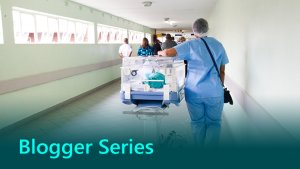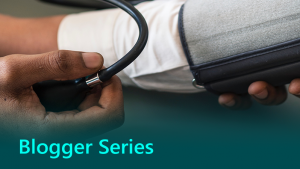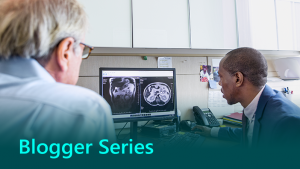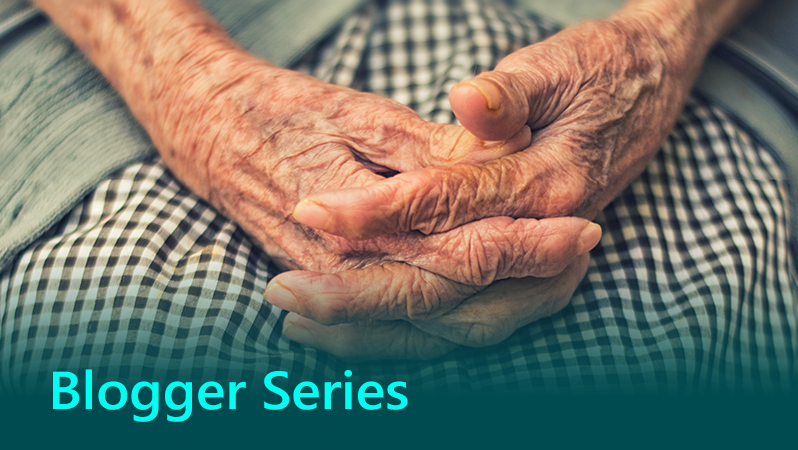
Machine learning aiding elderly falls prevention
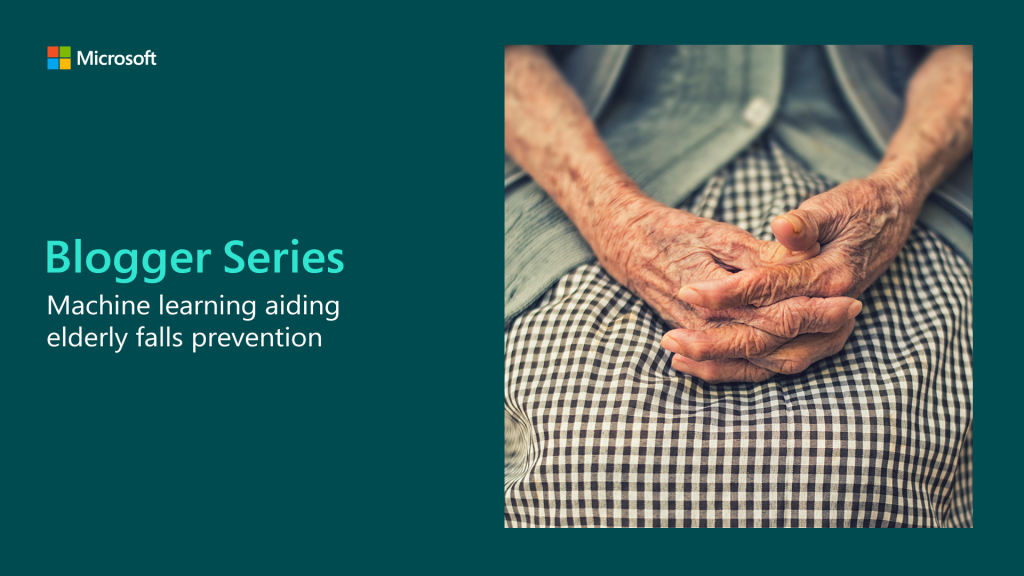
Today’s blog is a powerful example of how AI is providing intelligence to health and social care teams to prevent falls in the elderly. This is a particularly poignant topic for me personally, having lost my Nan after a fall ten years’ ago. If this technology had been available then, there could have been a very different outcome for my family. And more precious years spent with this wonderful lady.
We’re all aware of the UK’s ageing population. And the NHS being under huge strain to deliver care to more of us who are living longer, often with complex comorbidities. Research done by the Royal Society for the Prevention of Accidents (RoSPA) revealed that around 30 per cent of people aged 65 and over will fall at least once a year. Whilst most cases are not serious, 255,000 will result in a hospital admission and these falls are the leading cause of traumatic brain injury related deaths. What’s more, 50% of patients don’t even tell their GP about a fall, so a prevention plan can’t even be put in place.
Machine learning tools to predict fall risks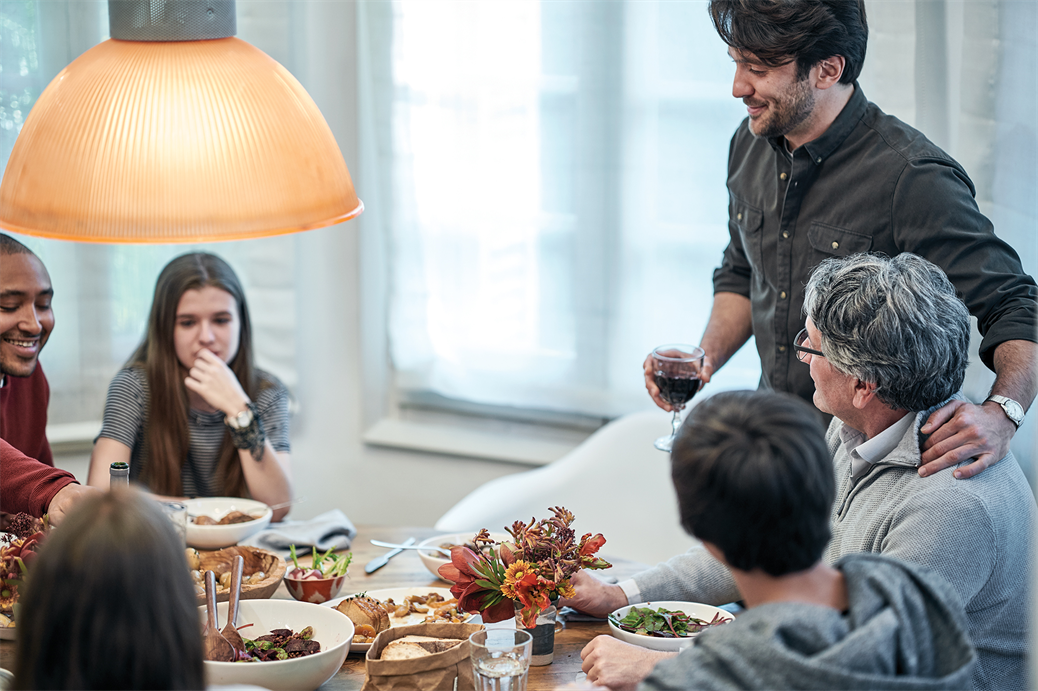
ARMED has been developed by Microsoft partner CM2000, in collaboration with Napier. It involves a wearable device that can detect early indications of frailty, such as low grip strength, hydration levels, muscle mass, low heart rate, and heart rate variability. Pioneering AI predictive analytics modelling using Microsoft Machine Learning tools are combined with this device. The data it produces can predict the escalating risk of a potential fall.
The machine learning models allows alerts to be used to highlight risk. Community trials identified that warning flags are being raised approximately 32 days in advance of a potential incident. This provides plenty of time for early intervention and appropriate support. ARMED picks up on gradual deterioration that may not be obvious to family and carers in everyday contact with an individual.
Preventative care with wearable tech
Loreburn Housing Association became the first social landlord in Scotland to pilot new wearable technology. The study involved 26 Loreburn customers aged between 60 and 90. Results showed not only that none of the participants had fallen, but they also became more active and involved in their own self-management.
“The ARMED solution has huge and exciting potential to support falls prevention.” I caught up with Moira Charters, Head of Improvement and Innovation at Loreburn Housing Association. “It provides our customers, their families, and carers with a tech solution that brings peace of mind, while allowing people to live independently at their home for as long as possible. We fitted our customers with the ARMED solution and got results almost instantaneously.”
At Future Decoded 2018, Satya Nadella called for more charities and non-profits to utilise technologies like this. “If we think about it, falls can lead to fatalities. But even if it’s not a fatality, one of the challenges of an elderly person falling is the healthcare challenge that it then ensues. The best way to deal with this is to have preventative care, delivered through sensors and wearable technology that works through machine algorithms.”
Although in the early stages of adoption, the benefits and potential are clear to see. This technology will have a profound impact on patients and their family’s lives. I’m excited to have shared this story, one I know my Nan would be proud to see. I hope that organisations start to utilise the technologies available so we can keep our older generations safe.
Find out more
Learn the basics of machine learning
Take the machine learning crash course
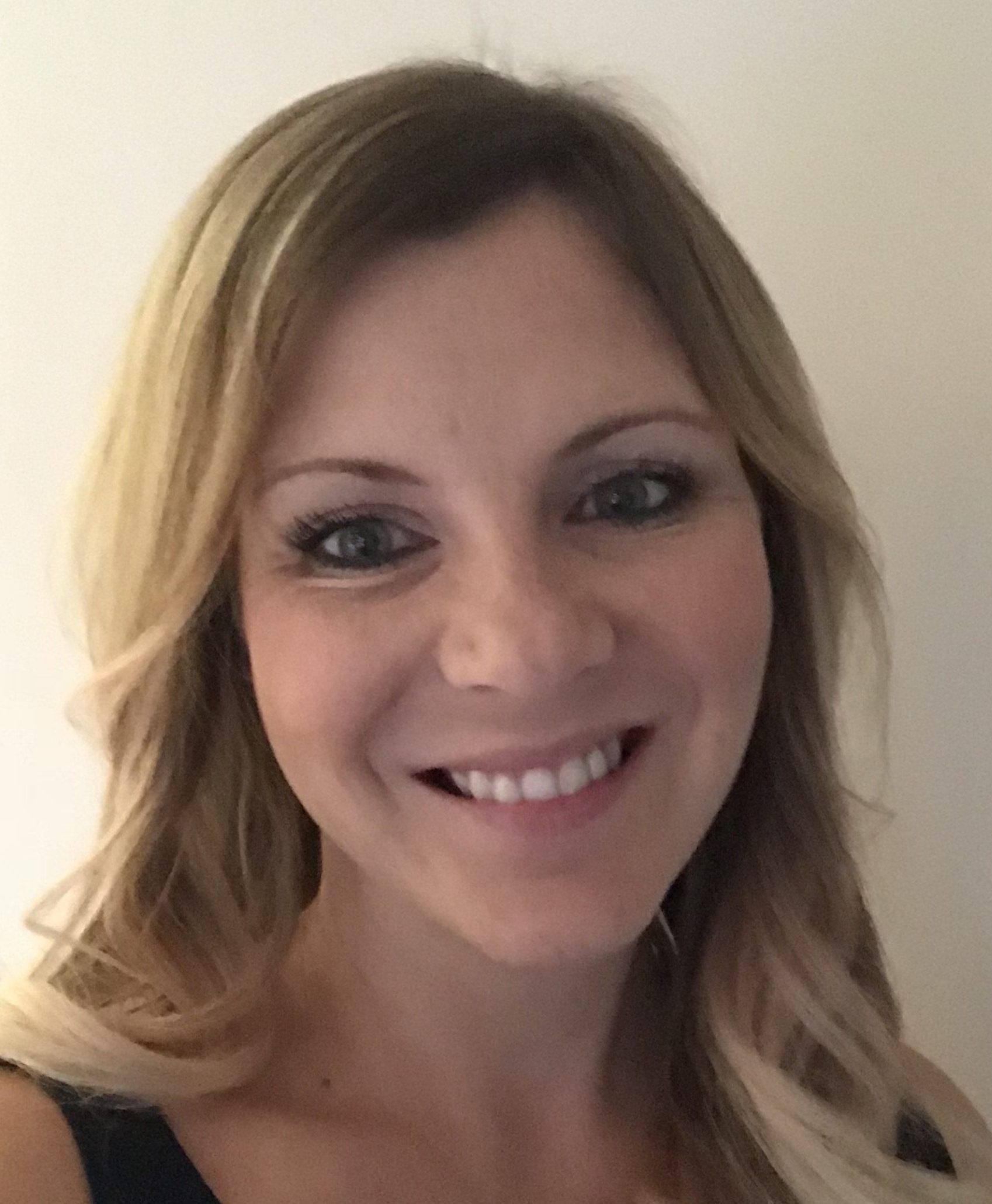 About the author
About the author
Kelly is the Healthcare Industry Manager at Microsoft UK, working with transformational digital partners and NHS customers to pilot solutions for collaborative working and empowering everyone to do more. She has 15 years’ experience working alongside the NHS, and is passionate about the power technology has to create positive change in healthcare.

